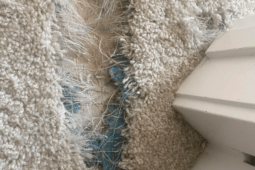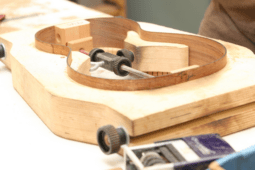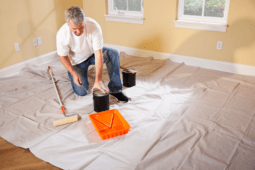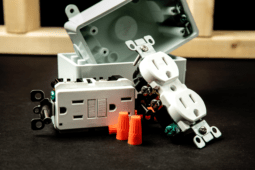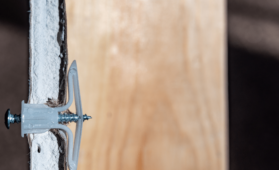Crafting an Outdoor Oasis: How to Build a Pergola
Building a pergola can transform your outdoor space into a serene retreat, providing shade and a beautiful focal point for gatherings. Whether you’re an experienced DIY enthusiast or a novice looking for a new project, constructing a pergola can be a rewarding and enjoyable endeavor. We’ll walk you through the process of building a pergola, from planning and material selection to construction and finishing touches. By the end, you’ll be equipped with the knowledge and confidence to create your own stunning pergola.
Understanding What a Pergola Is
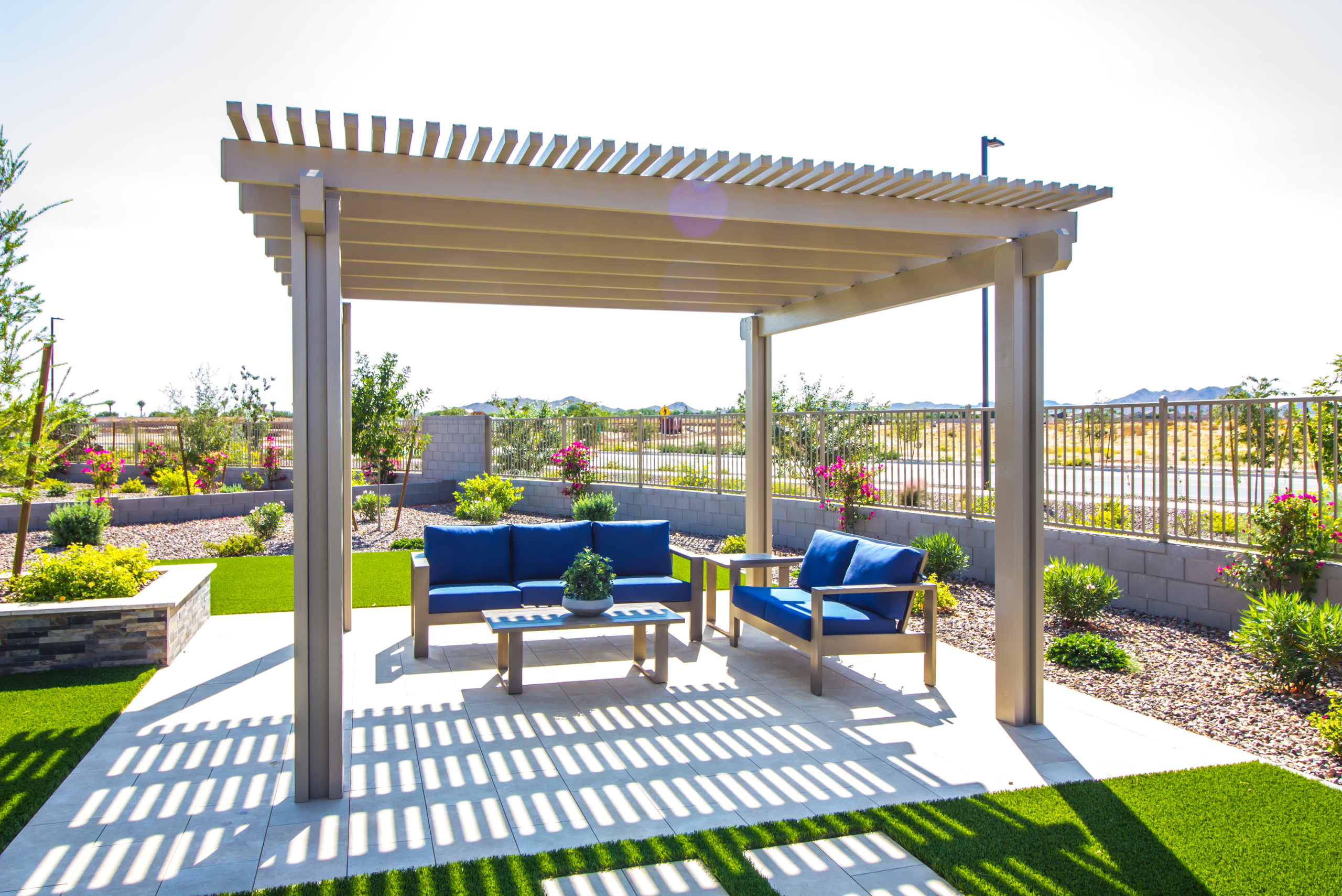
Pergolas have been used for centuries to enhance outdoor spaces, offering a combination of functionality and aesthetic appeal. These structures typically consist of vertical posts that support cross beams and an open lattice, providing partial shade and a sense of enclosure. Pergolas can be freestanding or attached to a building, and they are often used to define outdoor living areas, such as patios, decks, or gardens. Understanding the basic components and purposes of pergolas is essential before embarking on a building project.
General Build Instructions
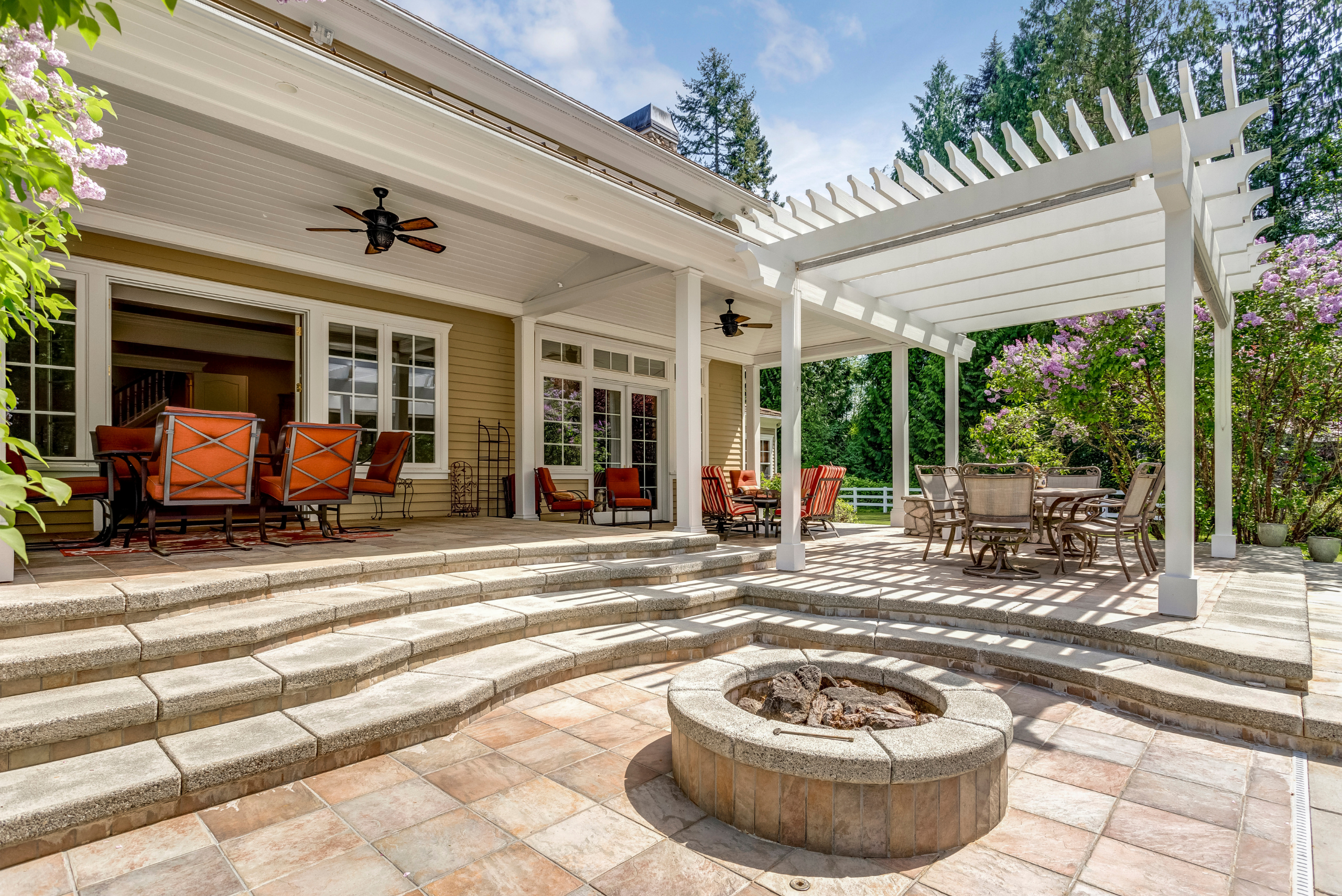
Planning Your Pergola: Before diving into construction, careful planning is crucial for a successful pergola project. Consider the size, location, and purpose of your pergola, as well as any local building codes or regulations that may apply. Determine the best materials for your climate and desired aesthetic, whether it’s wood, metal, or vinyl. Additionally, sketching out a design and creating a materials list will help streamline the construction process and ensure that you have all the necessary components on hand.
Selecting Materials: The choice of materials can significantly impact the durability and appearance of your pergola. Wood is a popular option for its natural beauty and versatility, with cedar and redwood being particularly well-suited for outdoor use due to their resistance to rot and insects. Alternatively, metal pergolas offer a sleek, modern look and require minimal maintenance. Vinyl pergolas are another low-maintenance option, ideal for those seeking a durable and weather-resistant structure. Consider your preferences, budget, and long-term maintenance requirements when selecting materials for your pergola.
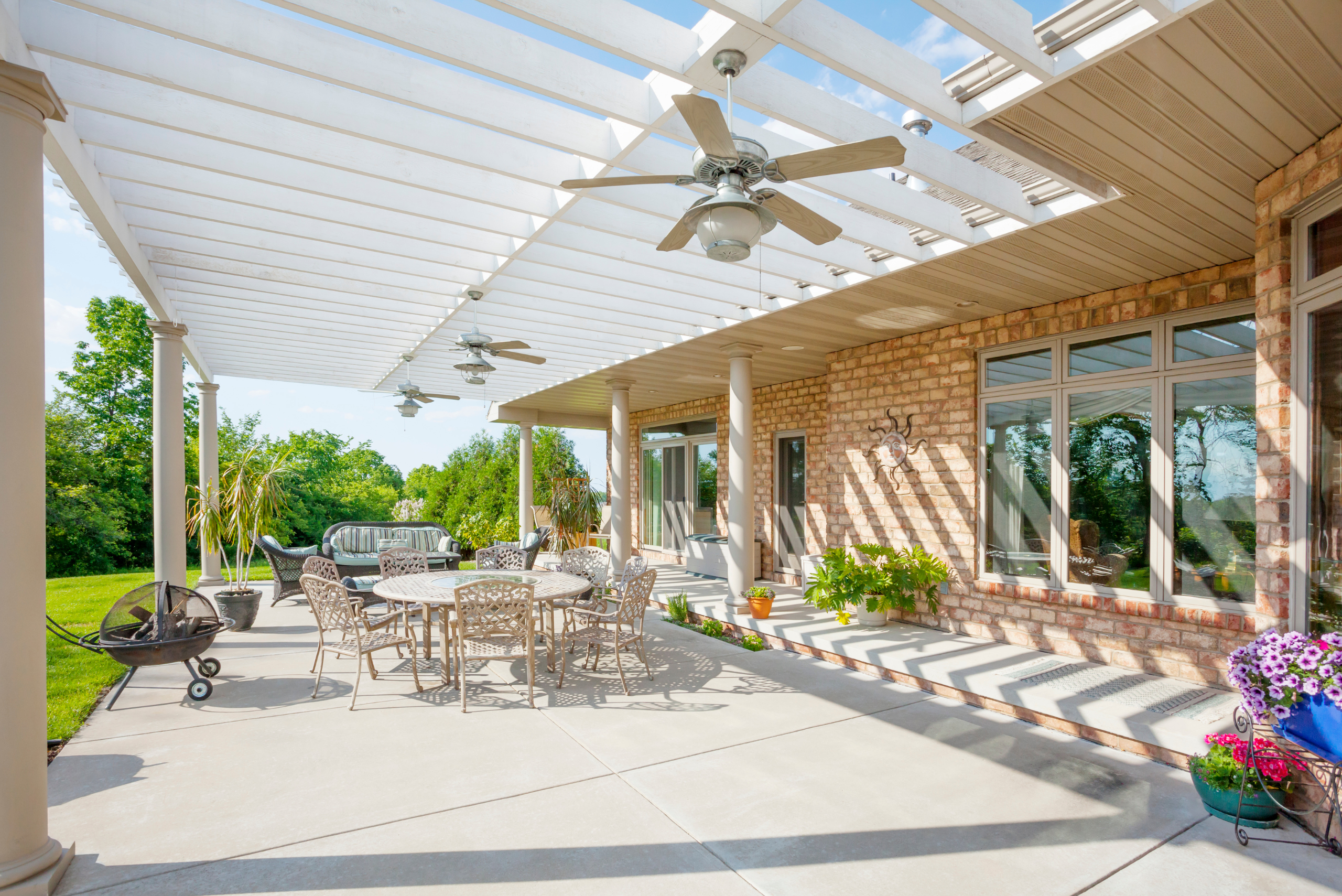
Gathering Tools and Supplies: Equipping yourself with the right tools and supplies is essential for a smooth construction process. Basic tools such as a drill, saw, level, and measuring tape are necessary, along with specific items like post-hole diggers, concrete mix, and fasteners. Depending on your chosen design and materials, additional tools and supplies may be required. Ensuring that you have everything you need before starting construction will prevent unnecessary delays and frustration.
Preparing the Site: Preparing the site for your pergola is a critical step that sets the foundation for a sturdy and long-lasting structure. Clear the area of any obstacles, such as rocks, roots, or debris, and mark the precise locations for the posts. If you’re building a freestanding pergola, you’ll need to dig post holes and pour concrete footings to anchor the support posts securely. Taking the time to properly prepare the site will contribute to the overall stability and longevity of your pergola.
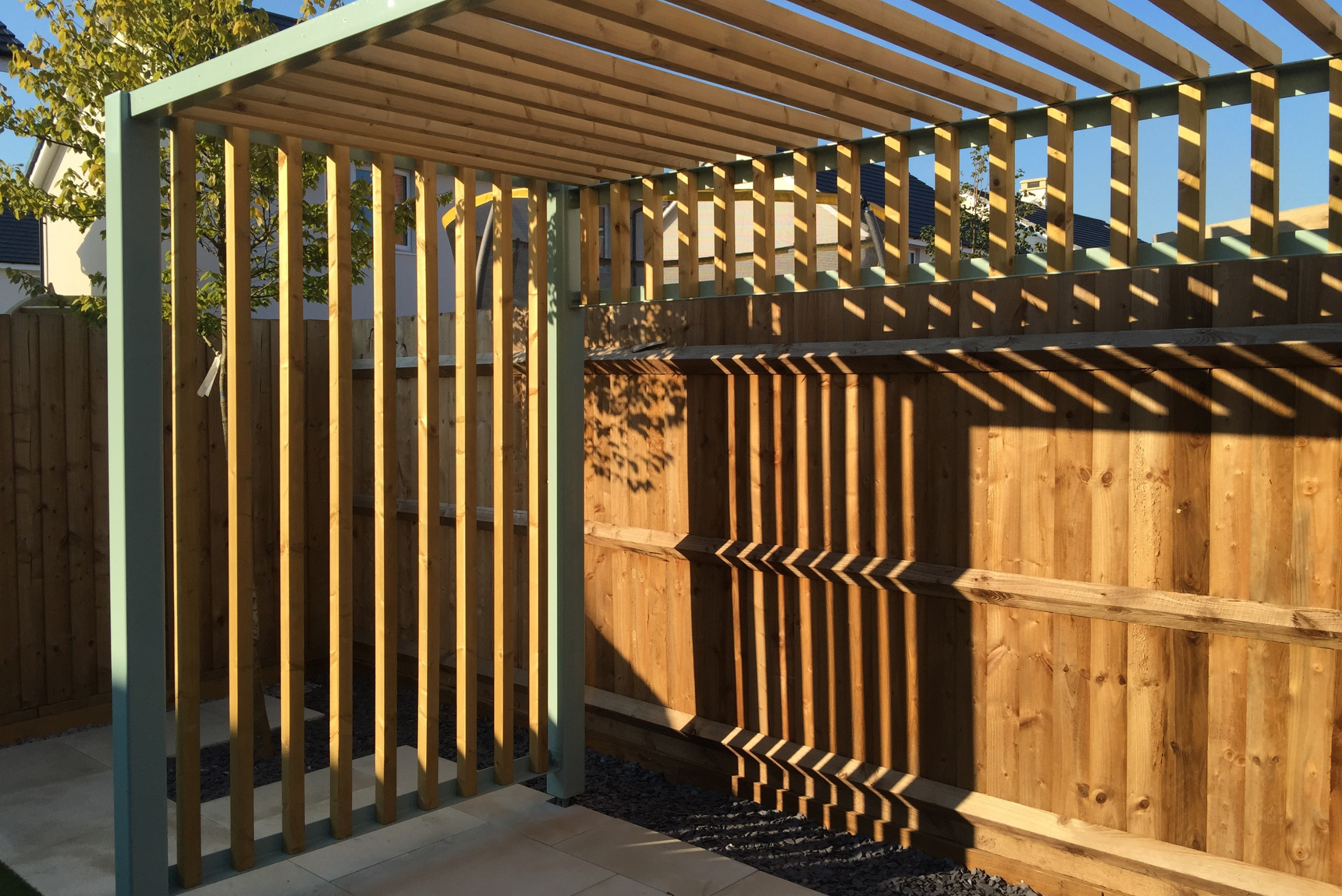
Constructing the Frame: With the site prepared, it’s time to begin constructing the frame of your pergola. This involves setting the support posts in place, attaching the cross beams, and creating the lattice structure if desired. Careful measurement and alignment are crucial at this stage to ensure that the frame is level and symmetrical. Depending on your skill level and design complexity, you may choose to enlist the help of a friend or family member to assist with the assembly process.
Adding Shade Elements: One of the defining features of a pergola is its ability to provide partial shade, making it an inviting space for relaxation and entertainment. Incorporating shade elements, such as retractable canopies, fabric panels, or climbing plants, can enhance the functionality and visual appeal of your pergola. Consider your climate and the intended use of the pergola when selecting the most suitable shade solution for your outdoor oasis.
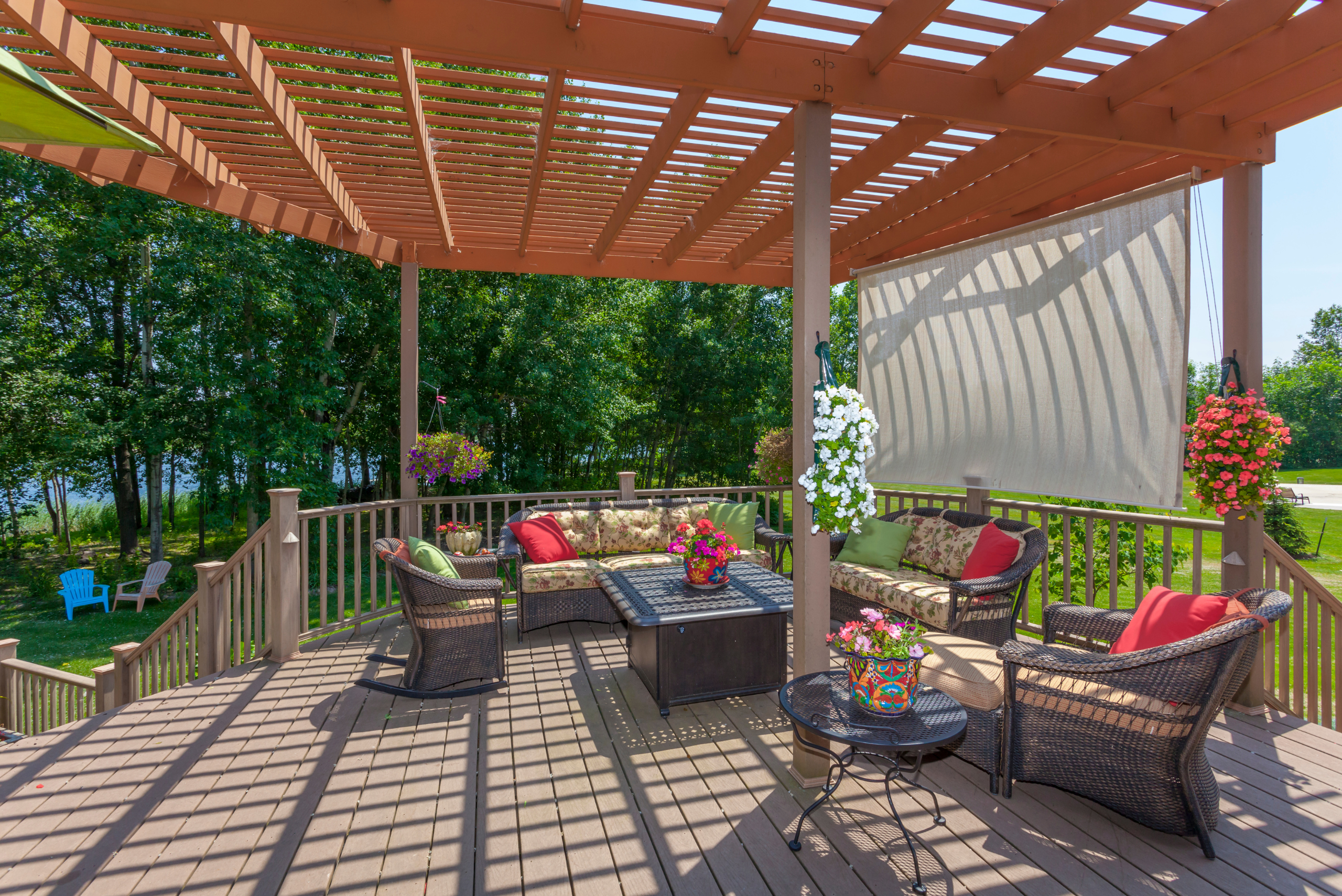
Finishing Touches: After the structural components are in place, it’s time to add finishing touches to your pergola. Sanding any rough edges, applying a protective finish, and adding decorative elements, such as lighting or hanging plants, can elevate the overall look and feel of the structure. Taking the time to attend to these details will ensure that your pergola is not only functional but also a stunning addition to your outdoor space.
Maintenance and Care
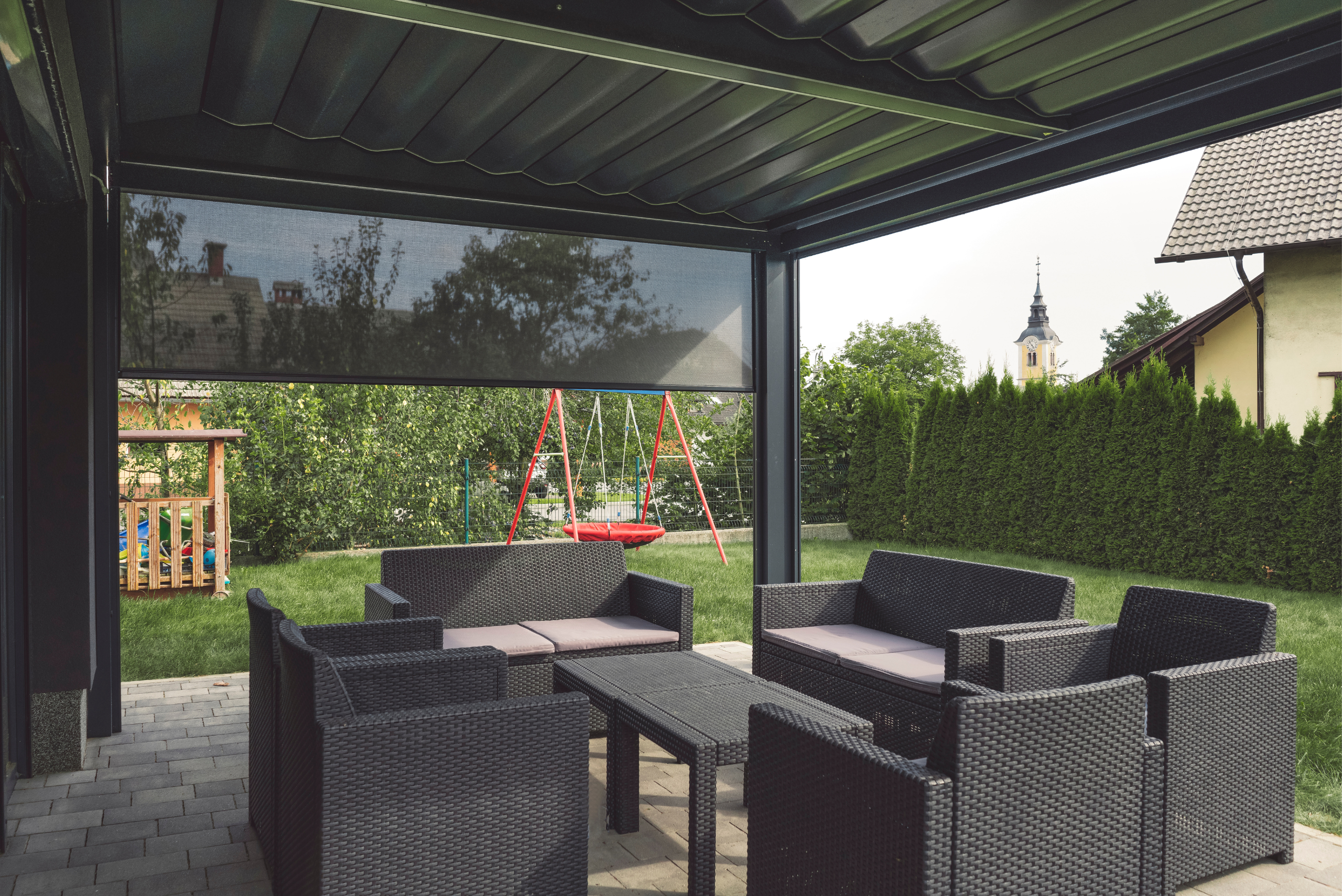
To preserve the beauty and structural integrity of your pergola, regular maintenance and care are essential. Depending on the materials used, maintenance tasks may include staining or sealing wood, inspecting metal components for rust, or cleaning vinyl surfaces. Additionally, seasonal upkeep, such as removing debris and inspecting for any signs of wear, will help prolong the lifespan of your pergola and keep it looking its best for years to come.
Other Helpful Articles:
- Top 10 Must-Have Screws for Every Project
- A Helpful Guide for How to Use a Post Hole Digger
- Impact Driver vs Drill: Choosing the Right Tool
With your pergola complete, it’s time to bask in the fruits of your labor and enjoy the inviting outdoor retreat you’ve created. Whether it’s hosting al fresco dinners, relaxing with a good book, or simply savoring the beauty of your surroundings, your pergola is sure to become a cherished feature of your outdoor living space. Embrace the opportunity to personalize your pergola with comfortable seating, vibrant plants, and decorative accents that reflect your unique style and preferences.

